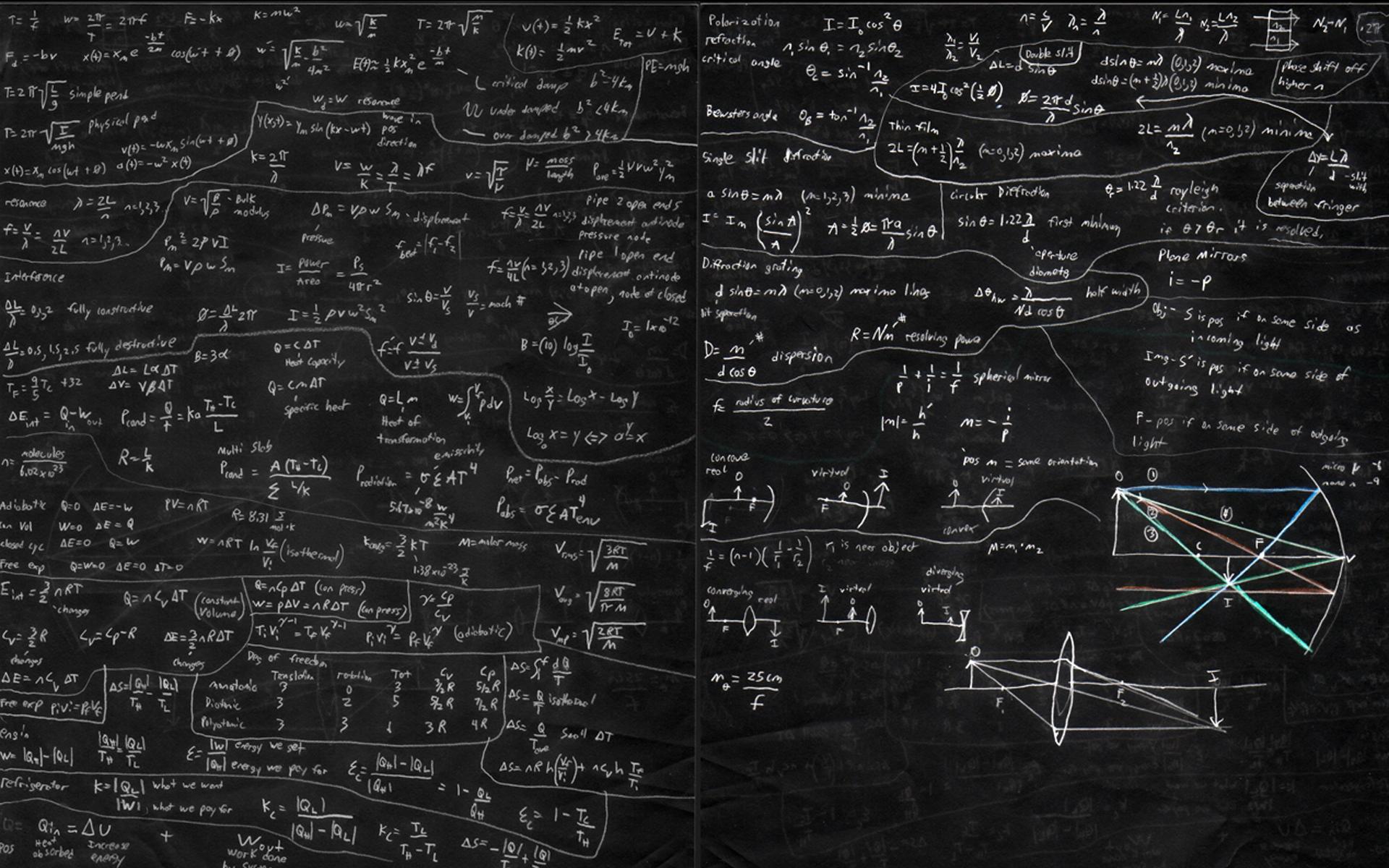
But now I think it will probably work after all. I didn’t think at first that would be useful for doing a Hindle sphere test, since I thought that the focal point in back of the secondary would be farther away.

It certainly does not look like the common focal point for the primary and secondary will be very far behind the front of the secondary!īob Bolster gave me an EXTREMELY fast spherical mirror that is about f/0.9 and has diameter 6 inches. That measurement will need to be made very, very carefully and the location of the secondary checked in three dimensions so that the ronchi lines are as straight as possible. I don’t have the exact measurement from the center of the primary to the center of the secondary, but this at least gives me a start. Making that assumption that means that the foci of this hyperbolic mirror are about 894 – 848 = 46 inches from the center of the primary mirror. Which of the two naps of this conic section is the location of the actual mirror? I suppose it doesn’t make a big difference. And the focal points are 894 inches from the center of the double-knapped hyperboloid, which is located at (848, 0), so it looks a lot like this: It is noted that, for the one sheeted hyperboloid, the vector space for the noncommutative algebra can be completed to a Hilbert space, where multiplication is not continuous. A harmonic basis of the associated algebra is given. Since a^2 + b^2 = c^2, then c is about 894. A Wick rotation is applied to the noncommutative sphere to produce a noncommutative version of the hyperboloids. Which means that a is 848 inches, which is over 70 feet, and b is 284 inches, or almost 24 feet. Omitting some of the steps because they are a pain to type, and rounding large values on this paper to the nearest integer (but not in my calculator), I get I then used ordinary completing-the-square techniques to find the values of a, b, and c when putting this equation in standard form, that is something like y^2/a^2 – x^2/b^2 = 1 One can obtain the equation of any conic by using the formula I decided R should be negative, that is, off to the left (I think), though I get the same results, essentially, if R is positive, just flipped left-and-right. I prefer to use the letter p, which equals K + 1. My two given pieces of information are that the mirror has a radius of curvature (R) of 95 inches by my direct measurement, and its Schwarzschild constant of best fit,(generally indicated by the letter K) according to FigureXP using my six sets of Couder-mask Foucault readings, is -1.112.


I continue to try to determine the foci of the apparent hyperbolic primary on the Hopewell Ealing 12inch cassegrain, which has serious optical problems.


 0 kommentar(er)
0 kommentar(er)
